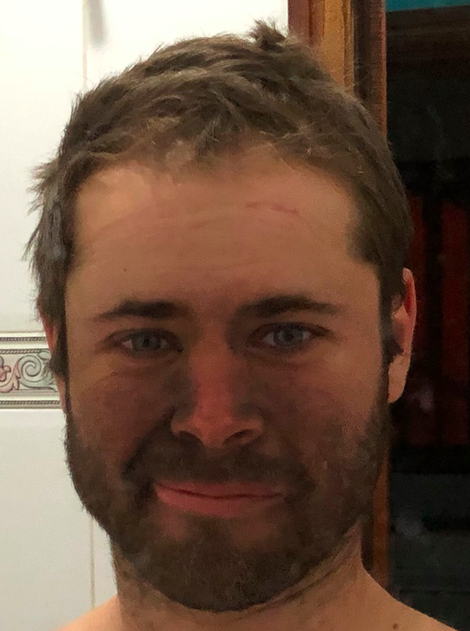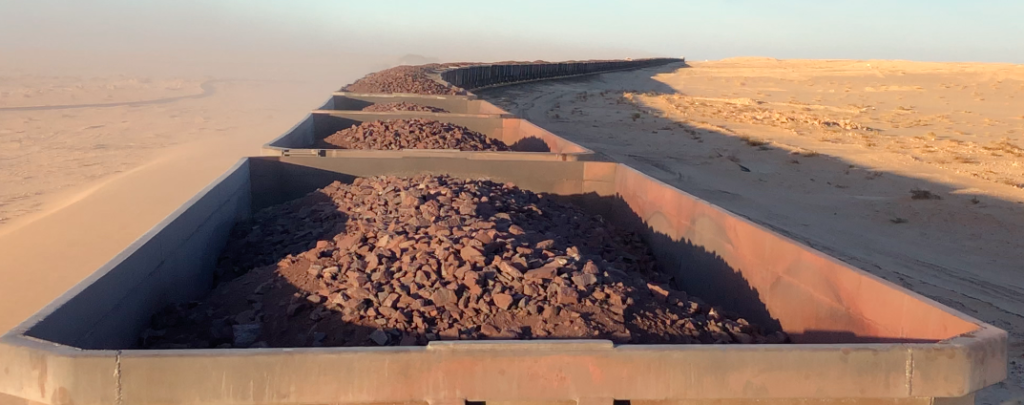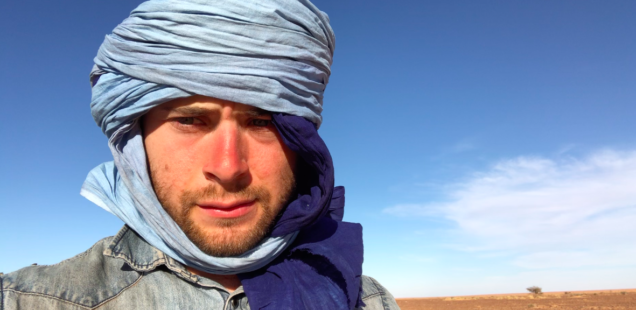
Walking 100 Kilometers In The Sahara – Tips After The Trip
Walking between Chinguetti and Oadane in the Sahara desert takes 5 days. Walking through sand is a good mental challenge, without the required technical skills or altitude complications of mountain climbing.
After walking 100kms through the desert, here are my tips for someone considering visiting Mauritania to walk this small portion of the Sahara.
Before Leaving
1. Understand, You Are Walking The Whole Way
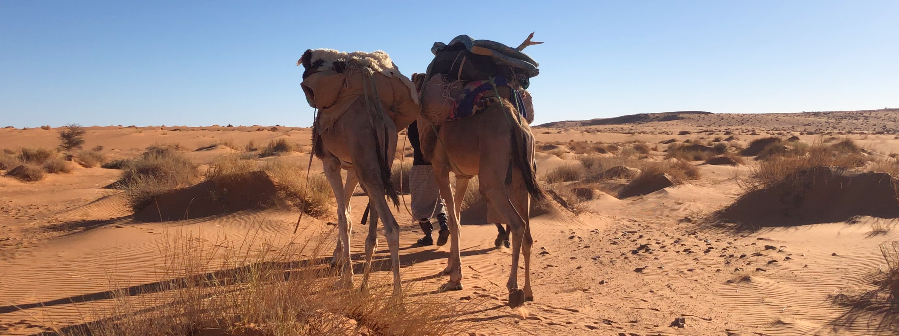
I was under the impression we’d be riding the camels. This is not the case. Camels carry your water, food, and luggage and you walk next to them. In an emergency, the guide could probably shift the luggage, allowing you to ride, but this would be only if you’re collapsing from exhaustion.
2. Buy A Turban And Learn To Wrap It Yourself
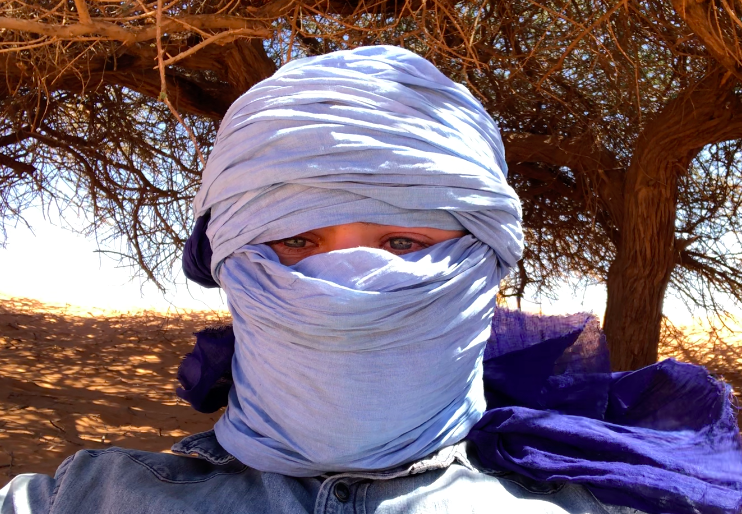
In Nouakchott, Mauritania’s capital city, I spent 1 hour in front of a mirror learning to wrap the headscarf myself. This practice was well worth it. First, every Mauritanian you meet, from police officers to your desert guide, will smile with pride. Second, you avoid needing to ask your guide to wrap it for you 2-3 times per day… like mommy changing your diapers.
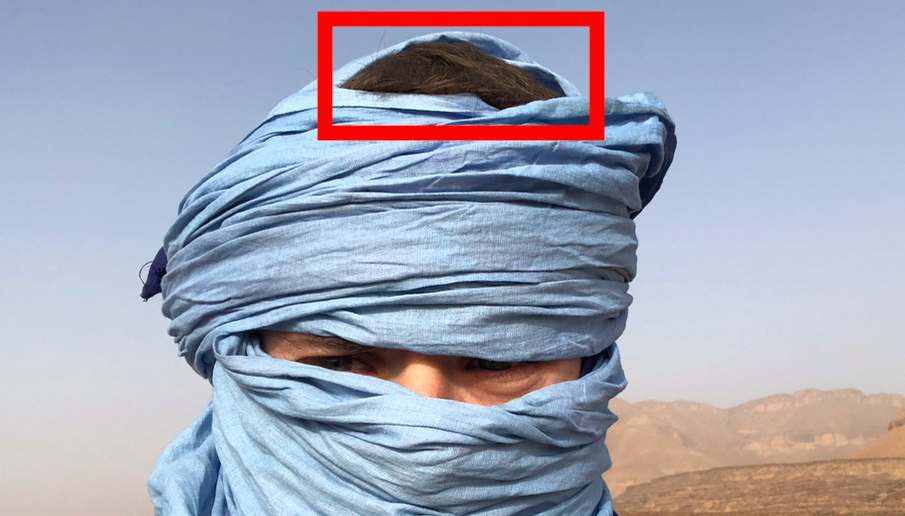
No!
The headscarf turban is incredible. It blocks out the hot sun while allowing cool air though the cloth, creating a super-cool micro-environment around your head. You feel genuinely cool and comfortable walking through the Sahara, and you only feel the heat when you take it off!
3. Drink Un-Filtered Water Before Beginning The Walk
Perhaps you can buy 10 liters of drinking water before you leave, but in most cases you’ll be drinking unfiltered water from wells in the desert. ‘Stuff’ will be floating in this water.
Take on challenges one at a time. First, drink some un-bottled water in a major city, so that if you get diarrhea, you’ve got a toilet handy and you don’t need to walk all day. Second, enter the desert and begin your 5 day walk. Drink water and feel tired from walking without also feeling stomach pain, or the need to squat every 30 minutes.
4. Buy Some Dates Before You Go

Dates… are the blessing of the desert. Your guide will bring enough food but you can never have enough dates.
They’re light, don’t rot, cheap, and taste amazing. Give you and your guide an abundance of delicious fruit to eat at your lunch and dinner breaks.
During The Sahara Walk
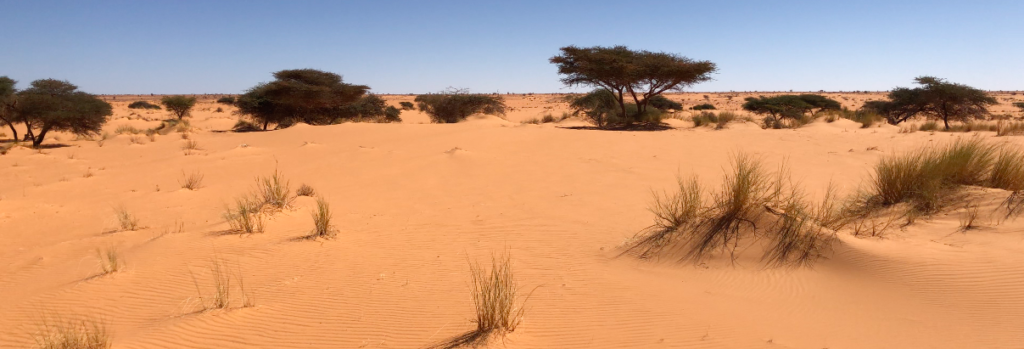
1. Follow The Camel Tracks, Not The Camel Butts

If your guide walks faster than you, you’ll be looking at camel butts all day. If your guide walks much faster, you’ll be looking for camel silhouettes on the horizon.
But, this is dangerous. You may lose sight of the camels, especially if your guide goes over a dune. Only then will you feel how alone you are, how big the desert is, and how you’d definitely die on your own…
Don’t follow camel butts. Instead, learn to track the camel tracks (footprints) across soft sand and hard rocky ground. Then, even if your guide is far ahead of you, you can always catch up. Avoid having that frightening thought: “Oh no, is that the camels or a tree? Where am I?”
2. Carry A Bottle Of Water With You (And Drink Lots Of Water)
Again, your guide may walk faster than you. I made the mistake of leaving all my water on the camels, and not carrying a bottle myself. (It’s easier to walk when you’re carrying nothing)
But, this is a bad idea. If your guide has all the water, the only way to get a drink is to catch up to him, which will only happen at the lunch or dinner rest spots.
Your guide knows the path well. He’s certainly carrying more than enough water for even the most thirsty First-Time-Sahara-Walker. You can drink lots of water, you don’t need to worry about saving water, you’ll feel better, and you’ll walk faster which your guide will appreciate most.
3. Layer Up Before Sleeping

The desert gets cold after sunset, but it gets really cold around 3AM. If you haven’t put on your 2nd and 3rd shirt, doubled up on pants, and put on your hat and gloves… you’ll wake up freezing at 3AM and stay awake until sunrise.
After The Walk
You’ll likely be in Oadane or Chinguetti. From either city (small villages really) take a car to Atar, then Choum in the north.
In Choum, wait until 10PM and jump into the iron ore cars on the train heading to the coast.
Tickets for the passenger car cost just $6, but it’s much more exciting to ride hobo style to the coast. Perhaps for the unique-ness, or the biting cold all night long (triple up on clothing before sleeping) you’ll never forget this journey. I met some incredibly generous regular-commuter-hobos in that iron ore hopper car.
Once you arrive in Nouadhibou, you will likely look like this…
